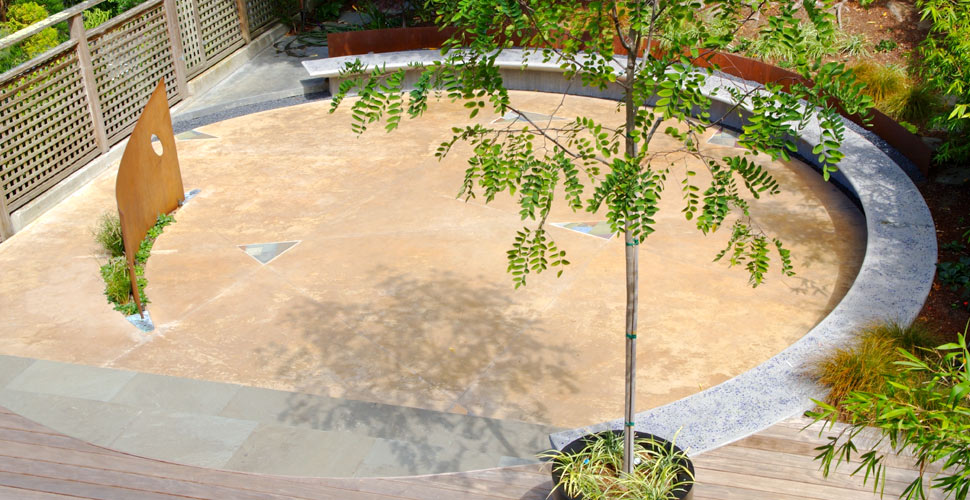Share This Post
Calm Inspiration in Contemporary Times
Across Europe and Asia, art and architecture often merge seamlessly into buildings and homes. There is a sensibility in craftsmanship and design—rich in detail and cultural resonance—that draws admiration and emotional connection. This appreciation for the past, however, need not result in imitation. Instead, the opportunity lies in creating new details that speak to the present, honoring tradition while capturing the spirit of today.
Nature as Grand Artisan
In the natural world, details evolve from form and function, resulting in expressions that feel inevitable and harmonious. Winter’s bare silhouettes, spring’s blossoms, summer’s harvests, and autumn’s colors all reveal design shaped by purpose. When applied to the built environment, this principle suggests a contemporary style grounded in the seasons—a design language that is both authentic and timeless.
Many paths can lead to enduring design, but two guiding principles stand out:
-
Understand the whole picture—the architecture, the context—before refining the details.
-
Engage directly with materials such as wood, stone, metal, or concrete, allowing the work of the hands to guide form, function, and expression.
This approach has been shared by indigenous craftspeople, the builders of Chaco Canyon, and the masons of historic cathedrals. Their enduring works reflect both patience and a deep connection to the making process.
Choosing a Medium for Expression
Throughout history, artisans have drawn inspiration from the methods of those before them—timber framing in New England, Shaker furniture, Japanese joinery—adapting these traditions to their own mediums. The late 20th century saw a renewed appreciation for hands-on craftsmanship, reflected in publications, workshops, and the exchange of techniques.
Concrete, for example, has proven to be a versatile and expressive medium, capable of merging detail with structural integrity. When used thoughtfully, it can contribute to projects at any scale, from a single countertop to an entire building, without relying on nostalgic mimicry. Designs that authentically reflect their own time can transcend trends, becoming “classic” by virtue of their relevance and resonance.
Balancing Innovation and Emotion
Successful design often finds its balance between the innovative and the familiar, the contemporary and the traditional. Materials like concrete achieve their greatest impact when integrated into a cohesive vision—complementing composition, color, proportion, and function—rather than being used in isolation for the sake of fashion.
The whole must be considered: the setting, the purpose, the intended expression, and how that expression translates into the smallest of details.
Setting a Pace, Telling a Story
Whether a work becomes a fleeting trend or a lasting classic depends on how well it communicates and connects. Designs that embody both aesthetic and emotional depth can shape culture over generations. Every project carries the potential to tell a story—through its context, its craftsmanship, and its details.
The term “decorative concrete” is common within the industry, but it can be misleading. When interpreted narrowly, it suggests a surface-level approach—focused only on appearance and lacking the depth of true craftsmanship. In reality, the most compelling work in any medium is as much about substance, intention, and cultural connection as it is about beauty.
Share This Post

